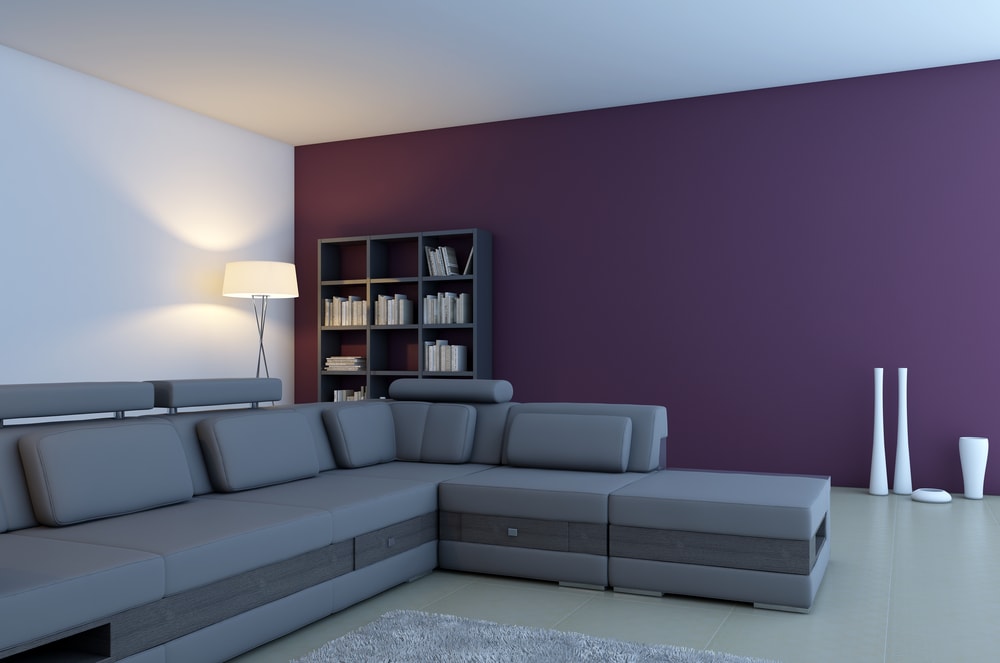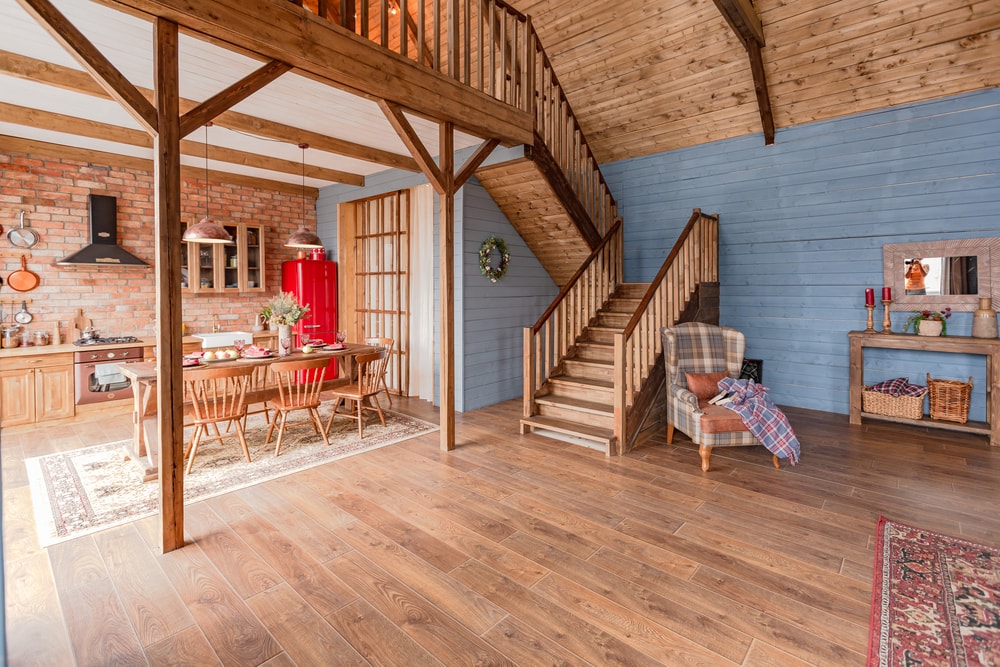What Kind of Paint Should I Use for Holiday Window Painting?
November 24, 2020
Home Interior Painting: Can I Paint During the Wintertime?
December 22, 2020Painting wood paneling has the potential to add color and class to any home. It can also go horribly wrong if you aren’t careful. As with so many painting projects, the big issue here is matching color and texture. Wood grain has a different texture than metal or plaster, which requires a different approach.
Thankfully, there are plenty of tips and tricks to help you paint wood paneling the right way.
Preparing the Paneling
One of the biggest mistakes people make when painting their wood paneling and siding is to paint it as is without prepping it first. Failing to prep your wood paneling can cause dirt to get trapped beneath the paint, which in turn can cause the surface to appear darker, grimier, and bumpier than you’d like. Wash the wood paneling with soap, water, and if necessary consider industrial cleaners.
In addition, you’ll want to caulk any holes and sand the wood before painting. The latter step usually involves 150- to 220-grit sandpaper and is important for removing rough surfaces and eliminating any preexistent sheen that may prevent the paint from sticking.
Finally, you’ll need to add a quality coat of primer. Solid wood tends to respond well to water-based primers, while wood with veneer does better with shellac-based options. In addition, you’ll want to look for stain-blocking primers, which can keep the paint from bleeding through while hiding knots.
Brush Versus Roller
When it comes to wood paneling, the answer to this age-old painting question has to do with the paneling’s grooves. Brushes are better for deeper grooves, since the bristles can get in between the grooves and distribute paint there, ensuring that you have the same uniform color all over your paneling. Rollers are better for shallow panels since you don’t have to worry about the grooves and thus can paint them all at once faster by rolling over them in a single, fluid movement. When using a roller, you’ll want to use a medium nap that is long enough to fill grooves but short enough to still allow you to paint over the surface nice and smooth.
Painting Different Rooms’ Wood Paneling
In terms of aesthetics, you always want to make sure that your painted wood paneling matches the tone of the room in which it is present.
For example, if you have wood paneling in your living room and want to paint the whole thing over, it’s important to paint them together. You need to pay special attention to the wood paneling’s surface, sure, but unless you actually want to create contrasting colors, simply add some primer before painting your wood paneling and walls as one.
Conversely, painting wood paneling in walls with different colors from the main paint color can be a good way to create some contrast and cause it to pop.
You’ll also want to decide whether you want to go glossy or matte flat. The former is a classic and can help brighten up rooms and hallways, while the latter when paired with deeper colors can make a bold statement.
By following these tips, you’ll be able to bring painted wood-paneled beauty to any room in your home.

Jeff Sommers is a vibrant and experienced professional, having been at the helm of ESP Painting, Inc. for 27 remarkable years. As President, he has become an esteemed leader in the Commercial & Residential Construction industry in Oregon, United States. His experience has seen him gain valuable insight and knowledge, making him an invaluable asset to ESP Painting and its customers. With a bubbly personality and upbeat attitude, Jeff always looks ahead to the future as he continues his leadership journey toward success.





